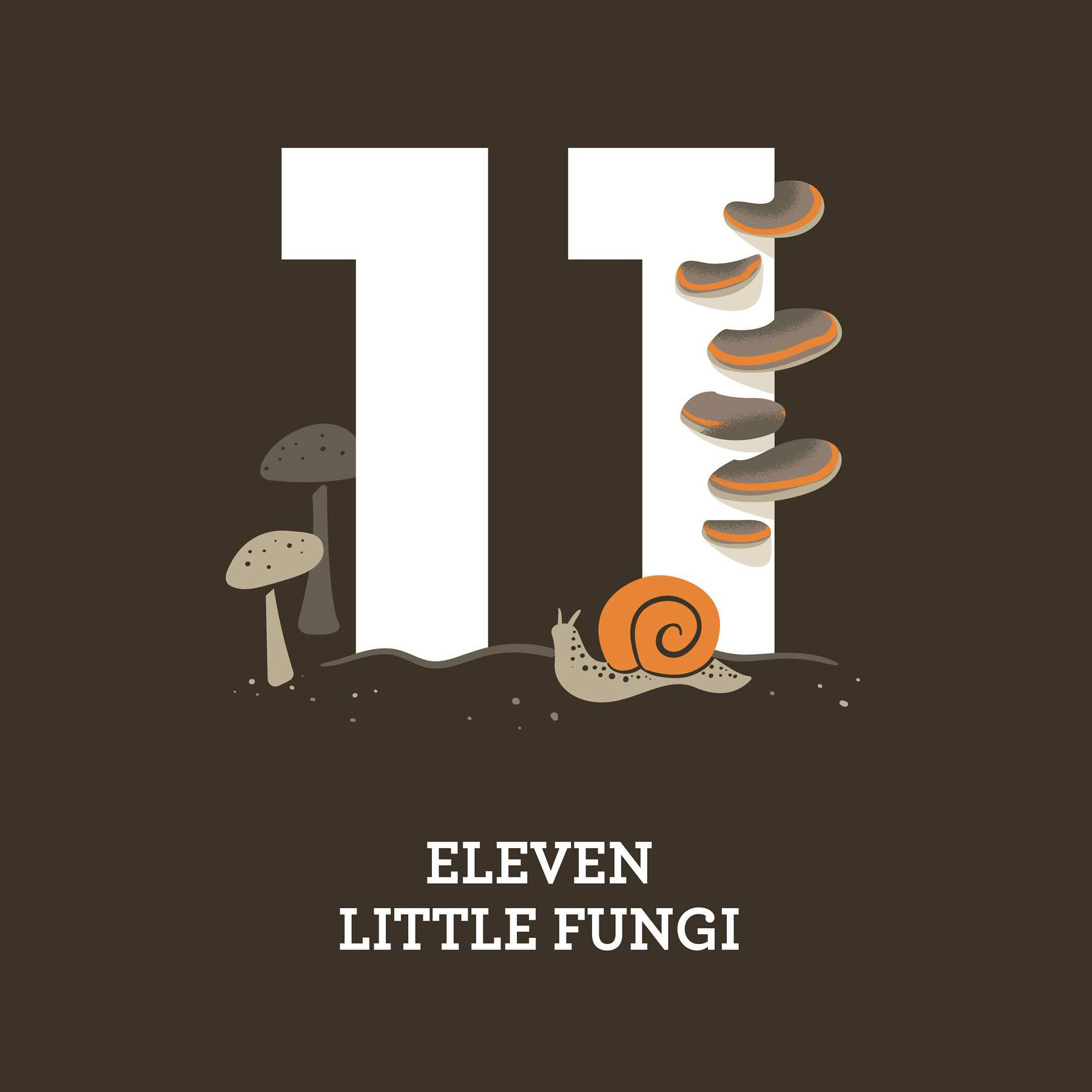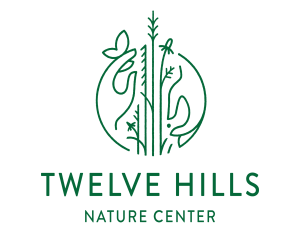
There’s a fungus among us!
Singing for us on Day 11 is a talented mother-daughter duo who regularly volunteer at Twelve Hills, and who found a cool crust fungus to serenade! We hoped to feature the son, too, just so we could make the requisite “fun guy” joke, but he successfully dodged our dorky series—his loss, amirite? 😉 Their whole fun family is deeply involved in our Sunday workdays, whether through the Girl Scouts, the Young Men’s Service League, or simply enjoying time in nature together.
So let’s talk fungi!
Think fungi are just mushrooms? Think again! Most fungi live underground as vast networks of mycelium — tiny, thread-like structures that acts like the “roots” of fungi — forming mutualistic relationships with prairie plants like little bluestem and sideoats grama. This underground network helps plants absorb water and nutrients, while the plants return the favor by providing sugars and fats to the fungi. Win win!
Fungi are also nature’s recyclers, decomposing organic material like fallen leaves and dead plants, enriching soil with reclaimed nutrients, and locking away CO₂, which makes the Blackland Prairie a vital carbon sink. Even more winning!
After rain, fungi produce their fruiting bodies—what we recognize as “mushrooms”—to release spores. But at Twelve Hills, fungi come in fascinating forms beyond the classic toadstool. Look out for crust fungi spreading flat across wood, shelf fungi growing as brackets on trees, lichens, which combine fungi and algae, and puffballs, those round, spore-filled wonders.
Without fungi, the delicate ecosystem of the prairie—and its role in fighting climate change—would collapse. 🌿🍂 Next time you’re at the nature center, take a closer look at the soil, tree bark, or fallen logs. You might just spot one of these hard-working heroes quietly keeping the prairie thriving!



